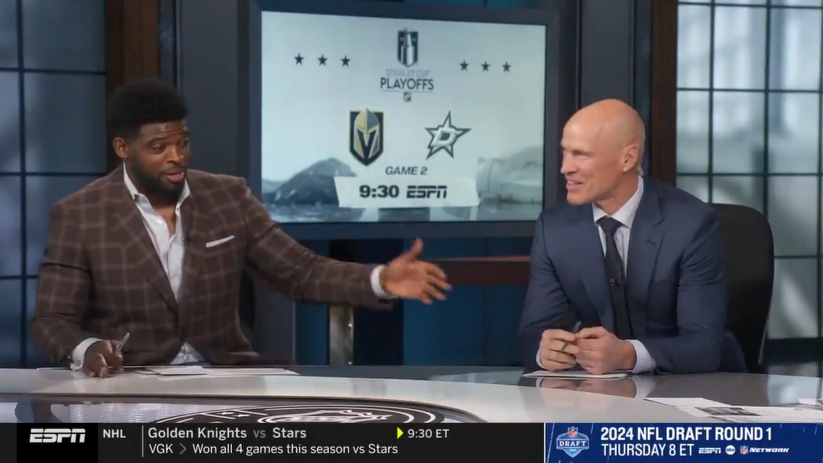There’s always a lot of discussion around TV ratings, with most of that driven by Nielsen’s numbers. But it’s always worth keeping in mind that those numbers are based on a variety of panel data, and that they’ve have had some issues in the past, specifically around undercounting out-of-home viewing. Those numbers are useful for their internal consistency, and that makes them and the comparisons they allow valuable to advertisers and media. But they’re not an exact count of audience or the only way to measure it; the divide between Nielsen’s panel and Amazon’s internal data on Thursday Night Football audiences this fall is an example of that.
And the latest interesting divide there is between Nielsen and Nielsen. That comes as a result of the company and the NFL releasing the results of a NFL-commissioned custom survey on Super Bowl LVII viewership Tuesday. Those survey results show massive gains over the previous Nielsen numbers on reach (from 182.6 million to 200 million viewers, a nine percent bump) and average minute audience (from 113.1 million to 136 million viewers, a 20 percent rise):
New from @nfl345 and @NFLMedia. pic.twitter.com/WE2fAX7aRG
— Brian McCarthy (@NFLprguy) February 28, 2023
Here are some quotes on that from the NFL release:
“The Super Bowl is singular across the television and media landscape not only in its unparalleled viewership, but because it is largely watched in group settings,” said Paul Ballew, Chief Data and Analytics Officer of the NFL. “With that in mind, additional measurement is needed in order to have a complete picture of the total viewership of this special event and the results of this custom survey with Nielsen illustrate the true magnitude of the Super Bowl.”
“Nielsen has measured Super Bowl viewership for over 50 years giving us a front row seat to the vast changes in how and where fans watch the Big Game,” said Jon Stainer, Nielsen Global Sports Managing Director. “We recognize the uniqueness of this media event around group viewing parties and this additional custom survey helps supplement our audience measurement.”
It’s not entirely surprising that a custom survey drew different results than Nielsen’s typical methodology. Different approaches to measuring ratings data are going to yield different results, and those effects can be especially notable for an event like the Super Bowl. There are multiple factors there; a couple of them are that the large overall audience means even a small percentage change would represent a lot of viewers, and that viewing plans and environments tend to be different for the Super Bowl than for anything else on TV, with even more out-of-home viewing (as that release notes).
In the end, this survey isn’t proof that these numbers are the “real ones,” or that the earlier Nielsen numbers with the standard panel methodology were “wrong.” Both are estimates, based on extrapolations from samples. And the original Nielsen ones are more directly comparable to other years and to the rest of TV, so they’ll likely continue to be referenced as “the audience for Super Bowl LVII” even after this survey data, and they’re the ones advertisers and networks are primarily looking at right now.
But the survey here is interesting, and suggests that this Super Bowl audience may well have been higher than what the initial numbers showed. And that may be factored in to future Super Bowl ad pricing discussions. As with the long fight over out-of-home numbers before Nielsen really started incorporating them consistently (which came after protest, and also saw some sports network-commissioned specific separate numbers before official implementation), advertisers may push back by saying the price of these “uncounted” viewers is already baked in to what ads cost. But surveys like this do give networks some more ammunition on saying their audiences may be larger than current counting shows. And it will be worth keeping an eye on how that develops.
[NFL Communications; photo from Michael Chow/USA Today Sports]







